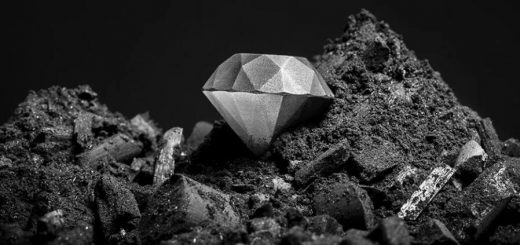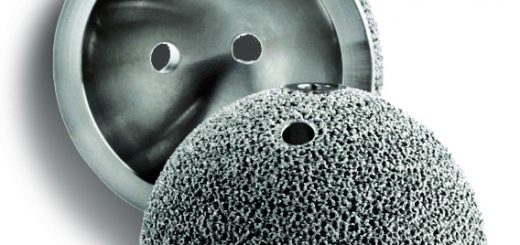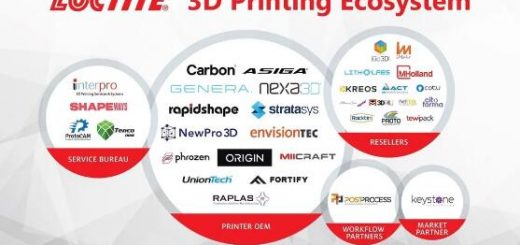Algorithmic Lattice Structure Generation Invented by RWTH DAP
Digital material is usually composed of only one material. However, its density distribution in a geometrical body can vary so that the component can have distinct mechanical properties in different sections. Utilizing this feature, different material distributions result in different local densities that meet loading and further boundary conditions.

Furthermore, the use of digital material can optimize components in terms of weight, cost and production time. Additive Manufacturing (AM), a promising production technology, is the only technology that is able to manufacture digital materials efficiently due to its geometrical freedom and the tool-less production.
The RWTH Aachen Chair for Digital Additive Production DAP focuses on the development of new efficient algorithms for the generation of smart digital materials to advance its extraordinary potential for industrial applications. In the future, these algorithms shall integrate production and application requirements almost automatically during digital material generation.
The Chair DAP is currently emphasizing the following research areas:
- Algorithmic lattice structure generation considering material producibility cons-traints such as critical overhang angle or minimum achievable feature size
- Load-adaptive lattice structure generation based on loading and boundary conditions
- Conformal lattice structure generation
- Refinement algorithms for lattice structures, either locally or globally
- Topology optimization algorithms
Digital materials are currently used in different application areas such as automotive, aerospace, tooling and medical and are subject to various industry-driven projects at the Chair DAP, helps you to develop and realize innovative ideas in today’s constantly changing business environment: From first sketch to final product!
Source: DAP
For press release, welcome to send to 3D Science Valley at 2509957133@qq.com




Recent Comments